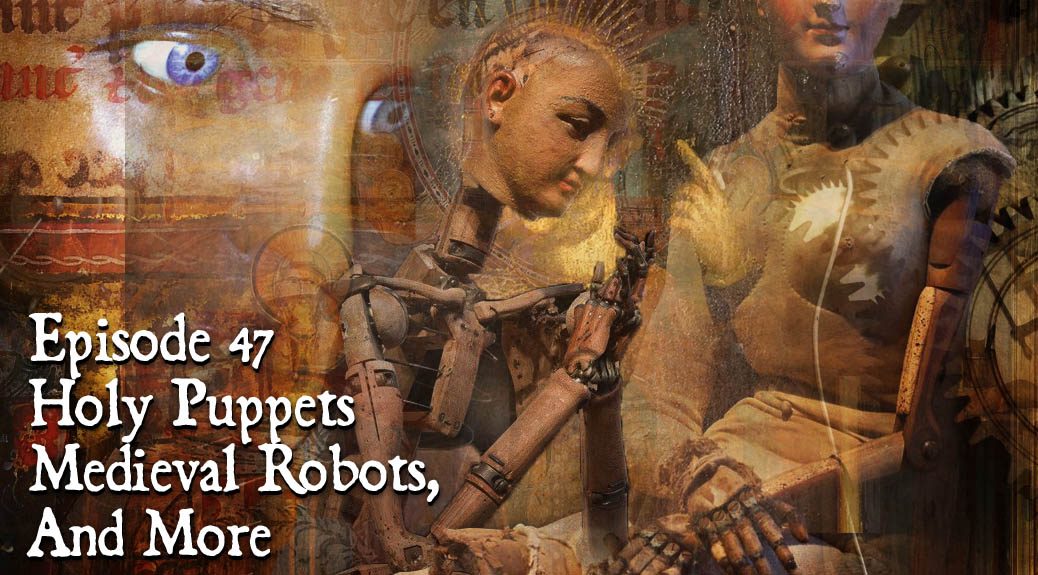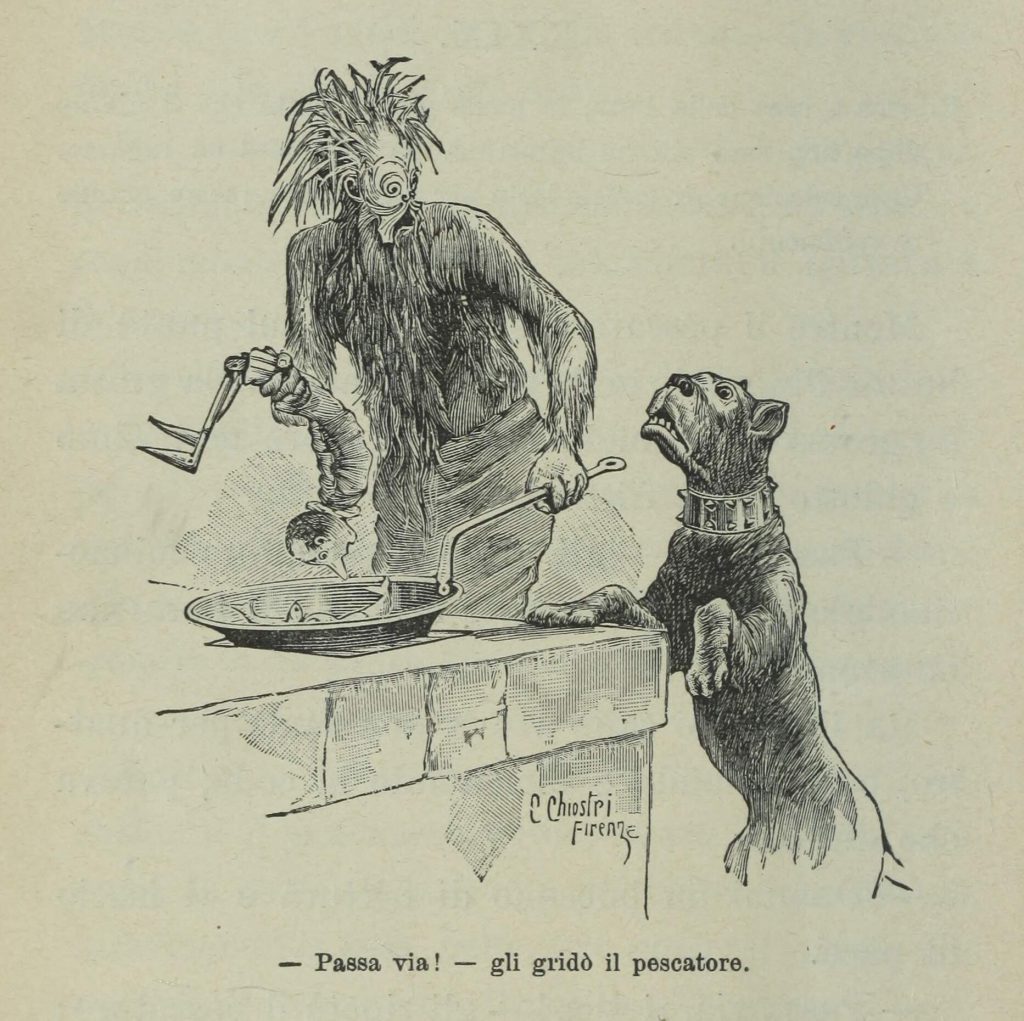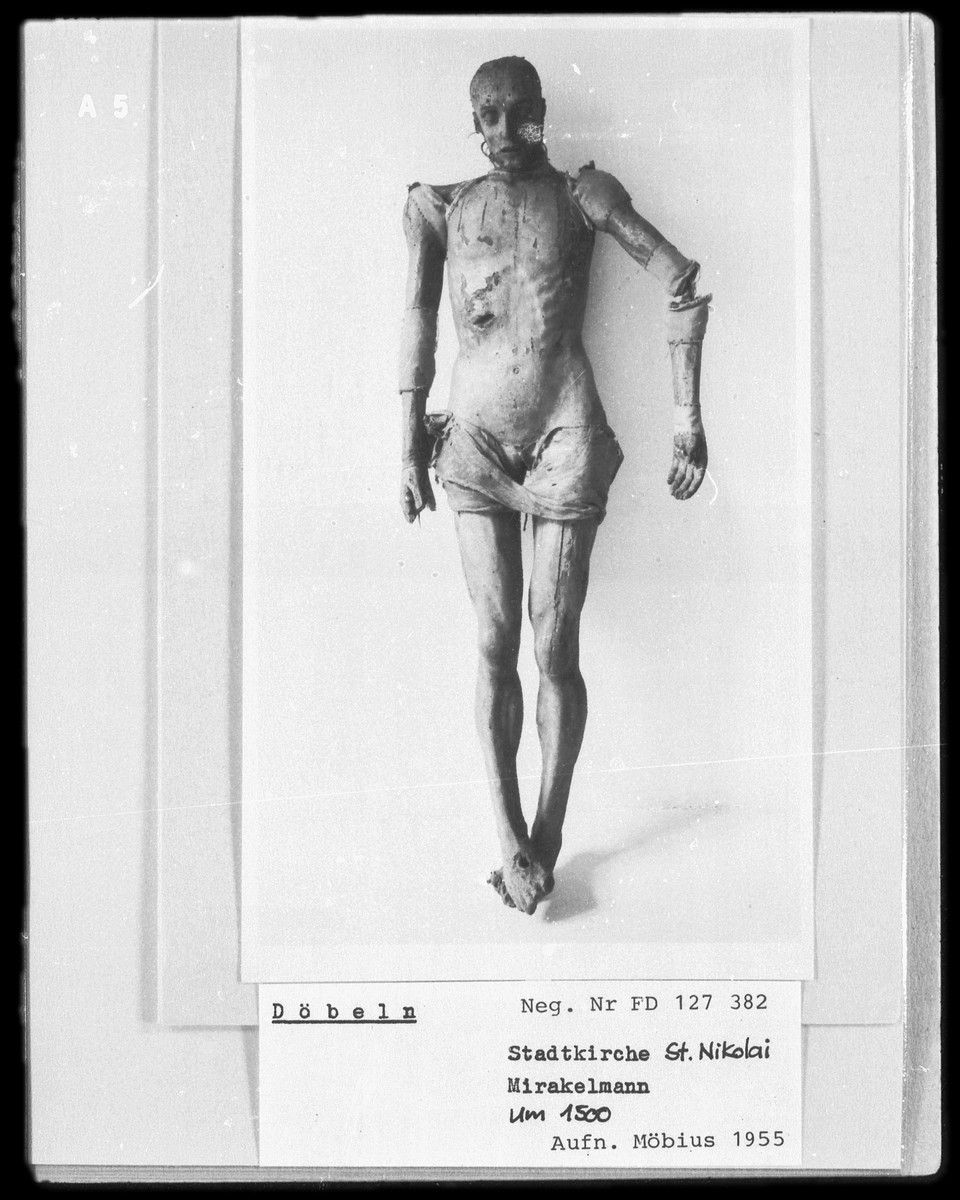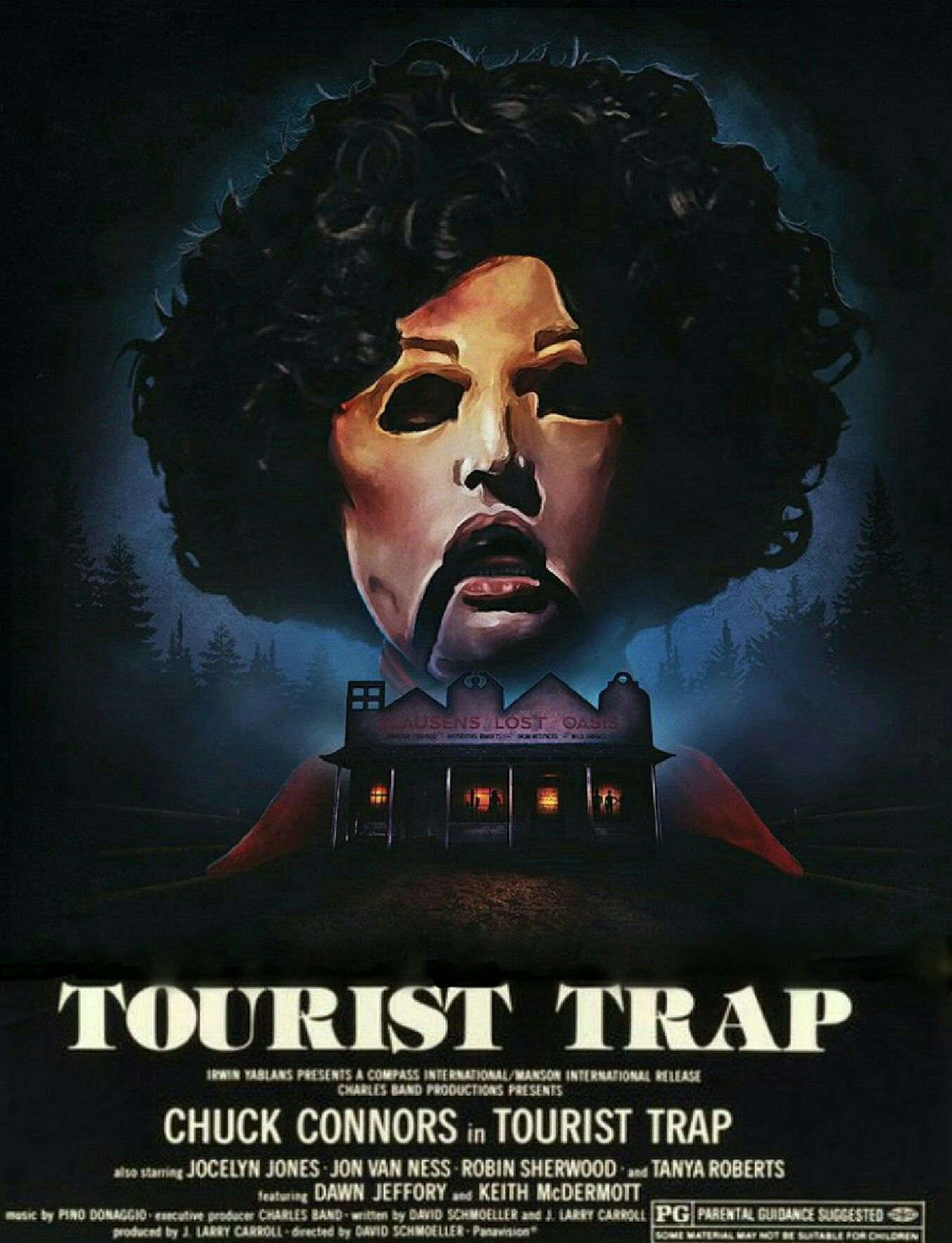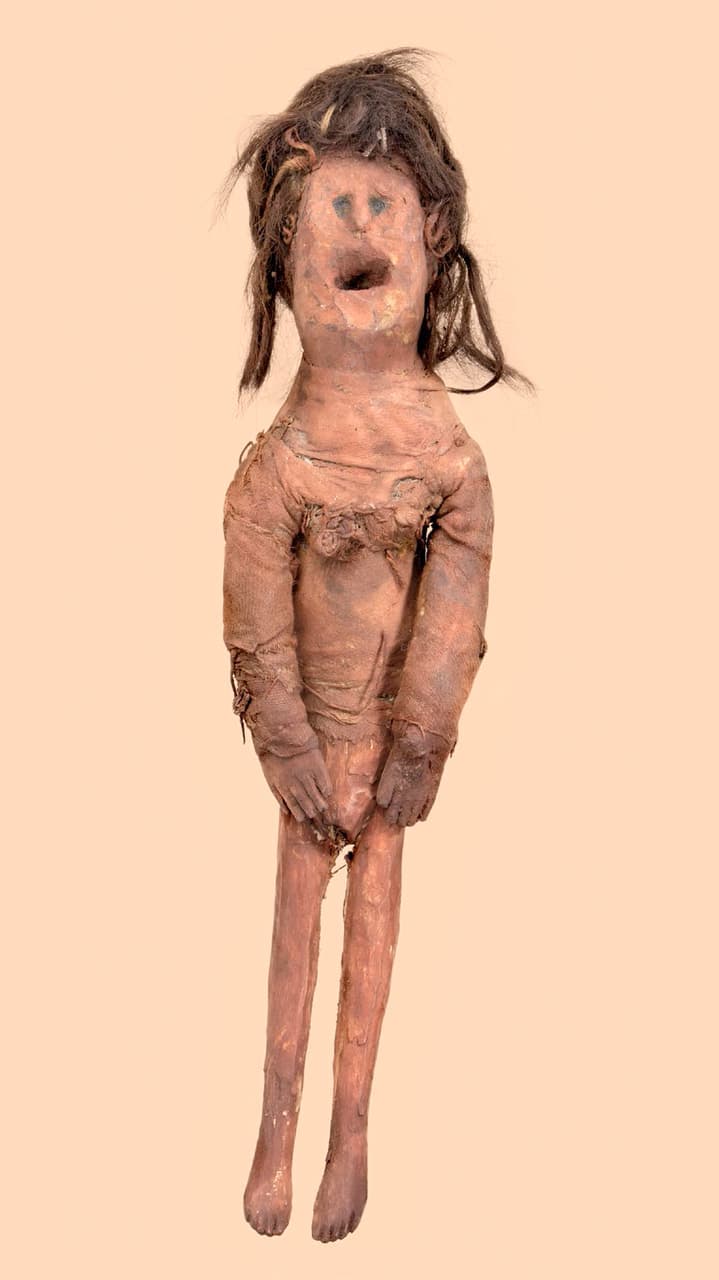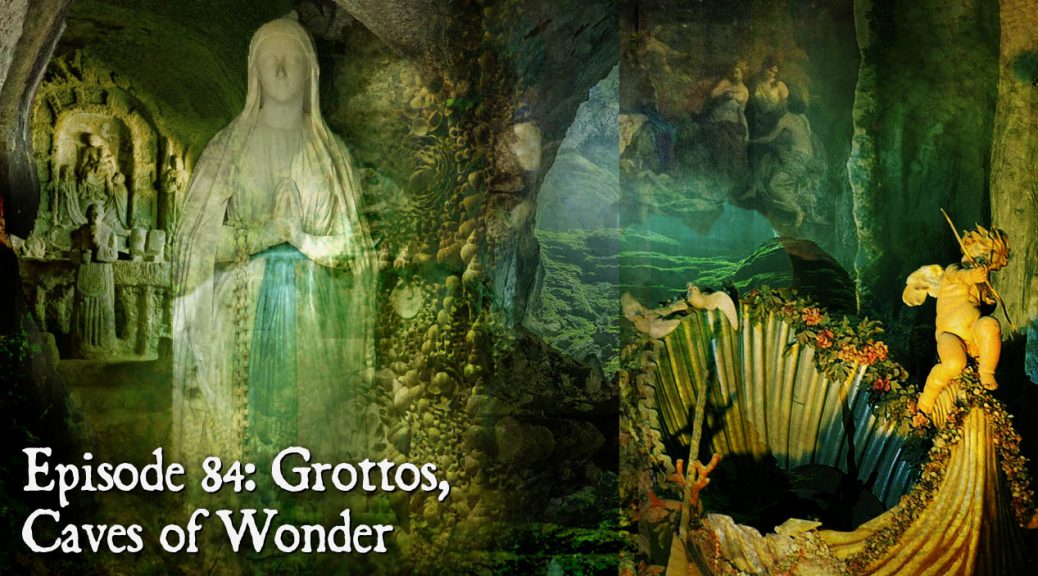
Grottos, Caves of Wonder
Podcast: Play in new window | Download (Duration: 48:43 — 55.8MB)
Subscribe: Apple Podcasts | Spotify | Android | Podchaser | RSS | More
Grottos are a peculiar subset of caves, usually small and picturesque, and often associated with wonders both otherworldly and manmade.
NOTE: Details on our Patreon raffle for the 15-disc set, All The Haunts Be Ours: A Compendium Of Folk Horror, are at the bottom of this post.
We begin with what is likely the best known example of the sacred grotto, the Catholic shrine at Lourdes, France, where in 1858, the Virgin Mary was said to have appeared to a 14-year old Basque girl by the name of Bernadette Soubirous. Particularly of interest to our show is the regional folklore that provided a background for these apparitions, especially the association between a variety of supernatural beings and caves.
While the grotto at Lourdes is a natural structure, the grottos we examine through the rest of the show are artistic constructions, the first of these being the “grottos”formerly created by British children on Grotto Day. The choice of material for constructing these is oyster shells, as the day coincides with the Feast of St. James, patron of oyster harvesters. The connection between St. James and shells is explored via the pilgrimage route leading to his tomb, the Camino de Santiago de Compostela, one for which the symbol of the “pilgrim’s scallop” serve as prominent way-markers.
We then move into the classical world to examine the nymphaeum, a grotto dedicated to the nymphs, specifically the Naiads or water nymphs, a combination of cave and spring as was the case with Lourdes. From this Greek concept grew the Roman notion of the purely secular “pleasure grotto,” such as the famous (and ill-fated) example created by Emperor Tiberius for his villa on the Italian coast at Sperlonga. Mrs. Karswell reads some remarks by the historian Suetonius on this.
After hearing a bit from the 15th-century architect Leon Battista Alberti on a revived interest in artificial grottos during the Renaissance, we look at the grotto’s evolution into the “water theaters” of the 16th and 17th century, their “trick fountains” and water-driven automata. Here we citing two Italian examples (Villa Aldobrandini in Frascati and Tivoli Gardens in Florence) and one from Austria, Saltzburg’s Hellbrunn Palace.
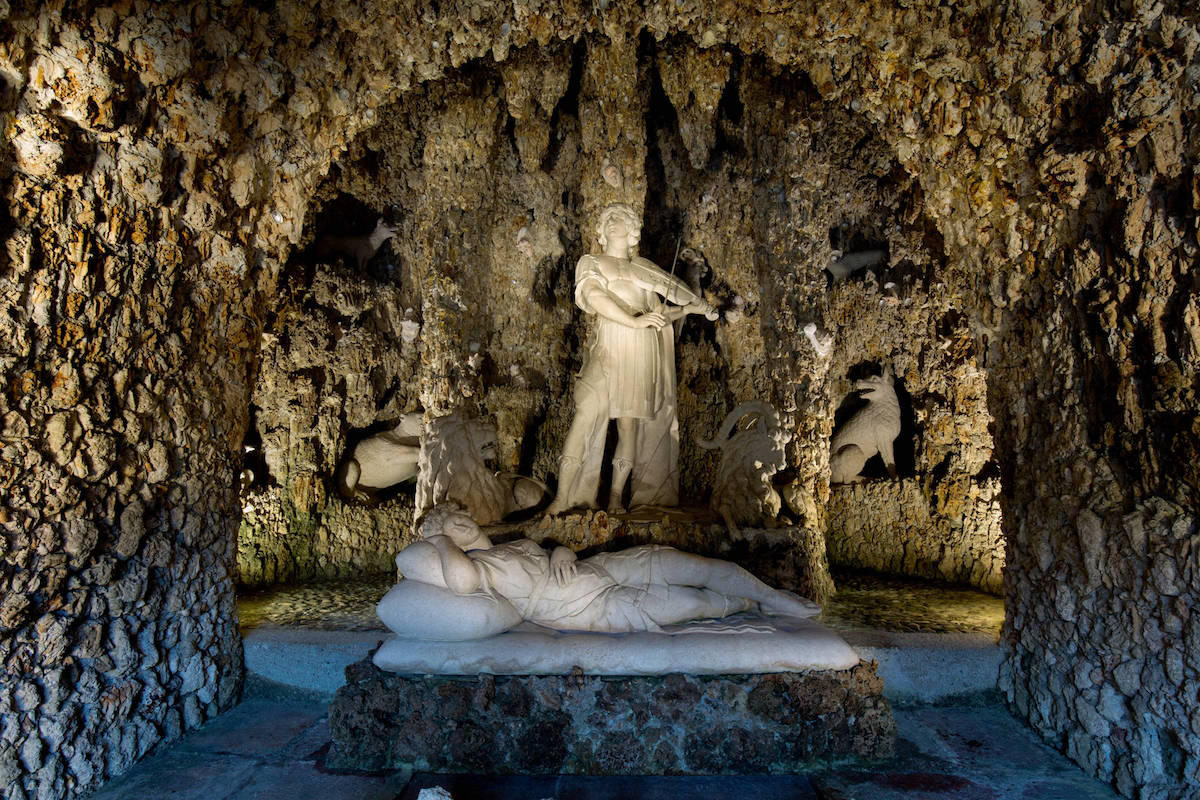
We then hear a bit about the return during the Romantic era to the earlier classical preference for constructing grottos that simulated natural caves, hearing in this case a quote from the British poet and satirist Alexander Pope enthusing over his grotto completed in 1725. We also hear about England’s most famous grotto in Margate on the southeast coast and the mystery associated with it and about a grotto. Also mentioned is the grotto created fort the gardens of Hawkstone Hall in Shropshire (where other “follies” include a romantic “hermitage” that once employed an actor portraying a bearded hermit).
Our final example, comes from Germany, the “Venus Grotto” constructed for King Ludwig II of Bavaria, the so called “Mad King” responsible for building the palace of Neuschwanstein, Germany’s famous “fairy tale caste. The details of the Venus Grotto should help you better understand Ludwig’s particular strain of “madness.”
We end our episode returning to the story of St. Bernadette and some of the grim details involved in her canonization, namely the exhumation of her body to determine if it might be physically “incorrupt.”
(The song you hear in a couple snippets during the show is, btw, is 1959 single “The Village Of St Bernadette” by Anne Shelton.)
PATREON RAFFLE
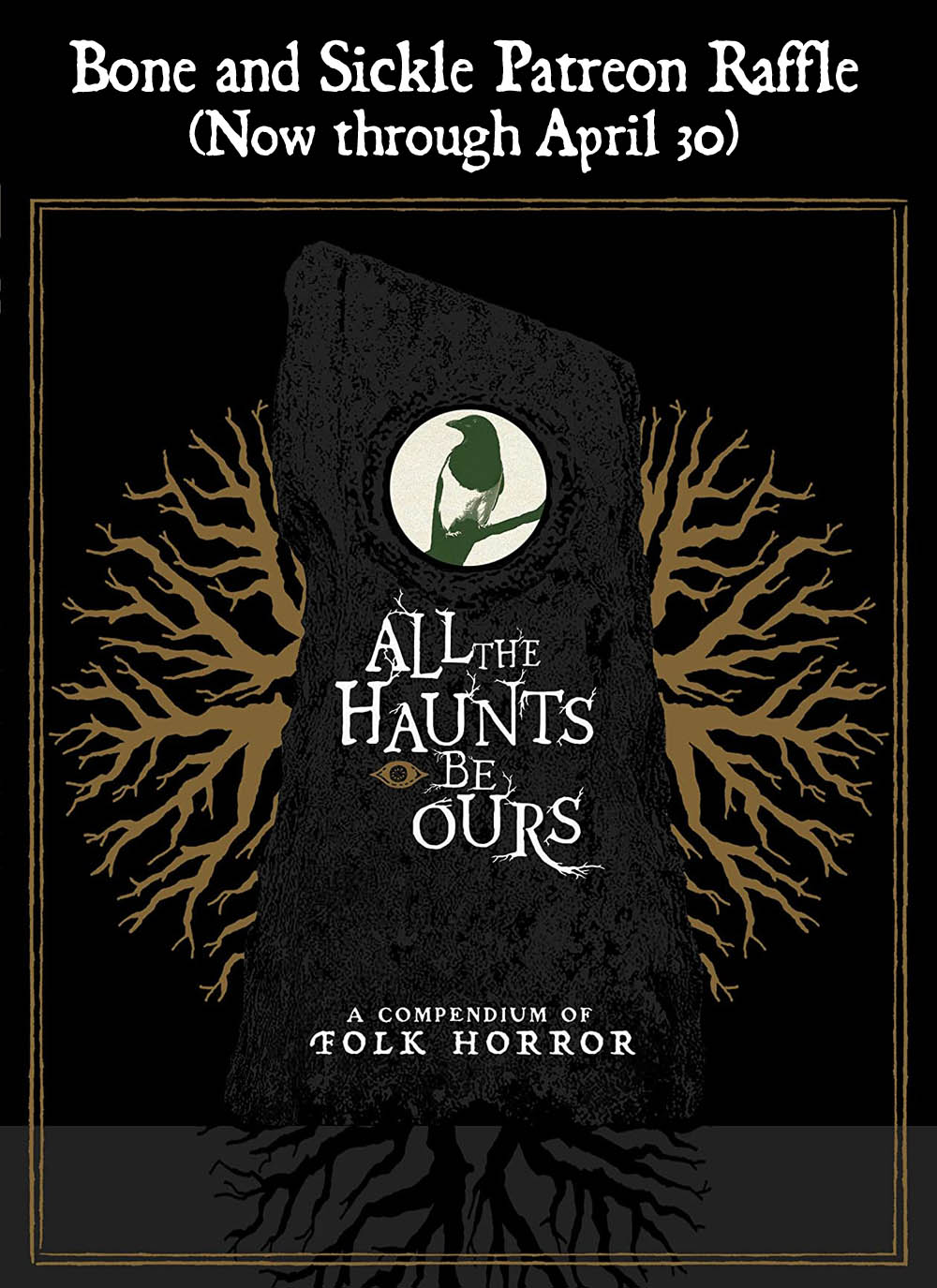
We have a special offer running from now until April 30, a chance to win the 15-disc set, All The Haunts Be Ours: A Compendium Of Folk Horror. It’s a splendid collection released in conjunction with the Folk Horror documentary Woodland Dark and Days Bewitched, which is one of the included discs. Not only does it include over 31 hours of folk-horror films on BlueRay, but also 3 CDs including a reading of a classic Arthur Machen story and a 156-page book on the folk-horror genre.
BONE AND SICKLE PATREON LINK:
https://www.patreon.com/boneandsickle
ELGIBILITY:
The value of the collection is $279 and a randomly chosen subscriber at the $4 monthly level or above will be announced on May 1.
To enter, you must subscribe on the once-yearly plan, which actually saves 15% on what you would otherwise pay monthly.
You will be automatically entered upon signing up as stipulated.
FEATURE FILMS INCLUDED IN THIS SET:
WOODLANDS DARK AND DAYS BEWITCHED (192 mins/1.85:1/English 2.0/CC)
EYES OF FIRE (86 mins/1.85:1/English 1.0/CC)
LEPTIRICA (65 mins/1.33:1/Serbian 1.0/English Subtitles)
WITCHHAMMER (107 mins/2.35:1/Czech 1.0/English Subtitles)
VIY (76 mins/1.33:1/Russian 1.0/English 1.0/English Subtitles)
LAKE OF THE DEAD (77 mins/2.40:1/Norwegian 1.0/English Subtitles)
TILBURY (57 mins/1.33:1/Icelandic 1.0/English Subtitles)
THE DREAMING (90 mins/1.85:1/English 1.0/CC)
KADAICHA (88 mins/1.33:1/English 1.0/CC)
CELIA (103 mins/1.85:1/ English 1.0/CC)
ALISON’S BIRTHDAY (99 mins/1.85:1/ English 1.0/CC)
WILCZYCA (103 mins/1.33:1/Polish 1.0/English Subtitles)
LOKIS: A MANUSCRIPT OF PROFESSOR WITTEMBACH (100 mins/1.66:1/Polish 1.0/English Subtitles)
CLEARCUT (98 mins/2.35:1/English 5.1/English 2.0/CC)
IL DEMONIO (100 mins/1.85:1/Italian 1.0/English Subtitles)
DARK WATERS (89 mins/1.85:1/Italian 2.0/English Subtitles)
A FIELD IN ENGLAND (90 mins/2.35:1/English 5.1/English 2.0/CC)
ANCHORESS (108 mins/1.66:1/English 1.0/CC)
PENDA’S FEN (90 mins/1.33:1/English 1.0/CC)
ROBIN REDBREAST (76 mins/1.33:1/English 1.0/CC)
